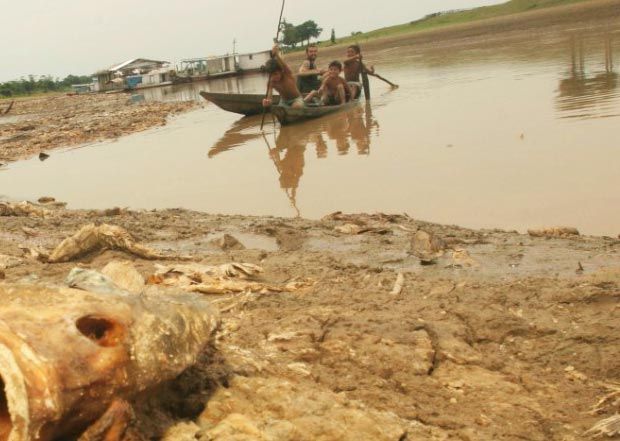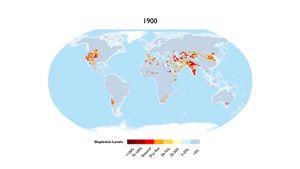


The local impact of projected climate change on water resources and flooding is critical to the lives and livelihoods of people living in West Africa. There are growing signs that the long-term climate across West Africa is changing particularly in the seasonal cycle and the decadal variability of the rainfall regime (IPCC, 2014 Lebel and Ali 2009), potentially leading to more frequent extreme hydrological situations-floods as well as droughts (Bichet and Diedhiou 2018 Chagnaud et al. West Africa experiences some of the most devastating precipitation variability anywhere in the world and has a history of prolonged and severe droughts, most notably the semi-arid Sahelian region (Taylor et al. The projected reductions in river flows in western Sahel lead to future droughts and water shortages more likely, while in the eastern Sahel, projected increases lead to future frequent floods. Senegal) and increase by 80% in the eastern region (e.g. The study shows that median peak flows are projected to decrease by 23% in the west (e.g. The results indicate that projected future changes in river flows are highly spatially variable across West Africa, particularly across the Sahelian region where the predicted changes are more pronounced. Regional-scale hydrological simulations driven by observed weather data are assessed against observed flows before undertaking an analysis of the impact of projected future climate scenarios from the CMIP5 on river flows up to the end of the twenty-first century.

The model (hydrological modelling framework for West Africa-HMF-WA) simulates spatially consistent river flows on a 0.1° × 0.1° grid (approximately 10 km × 10 km) continuously across the whole domain and includes estimates of anthropogenic water use, wetland inundation, and local hydrological features such as endorheic regions. Here, we aim to address this uncertainty by configuring a regional-scale hydrological model to West Africa. There is still considerable uncertainty as to how projected climate change will affect precipitation at local and regional scales and the consequent impact on river flows and water resources across West Africa. West Africa and its semi-arid Sahelian region are one of the world’s most vulnerable regions to climate change with a history of extreme climate variability.


 0 kommentar(er)
0 kommentar(er)
